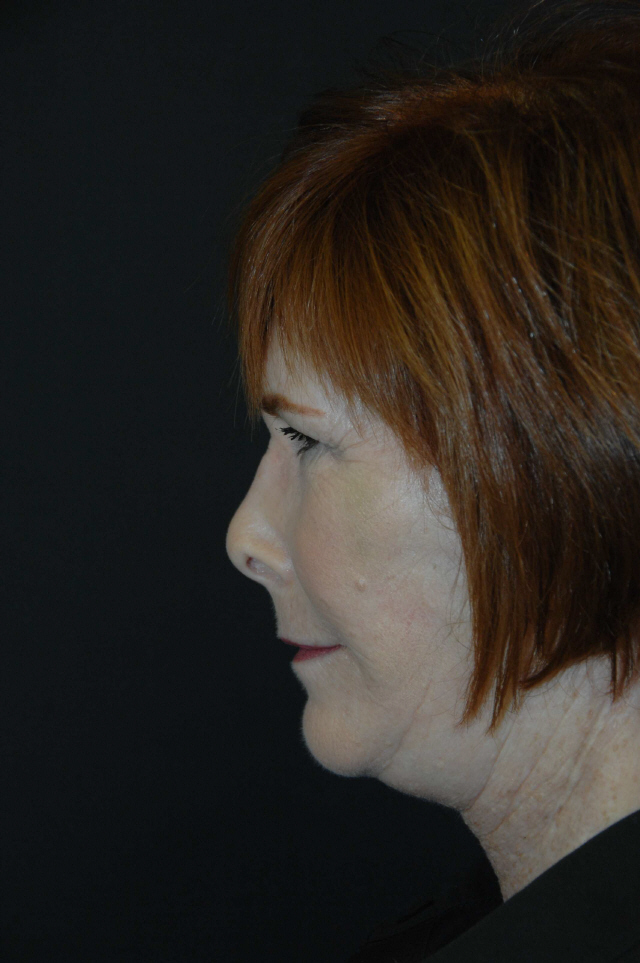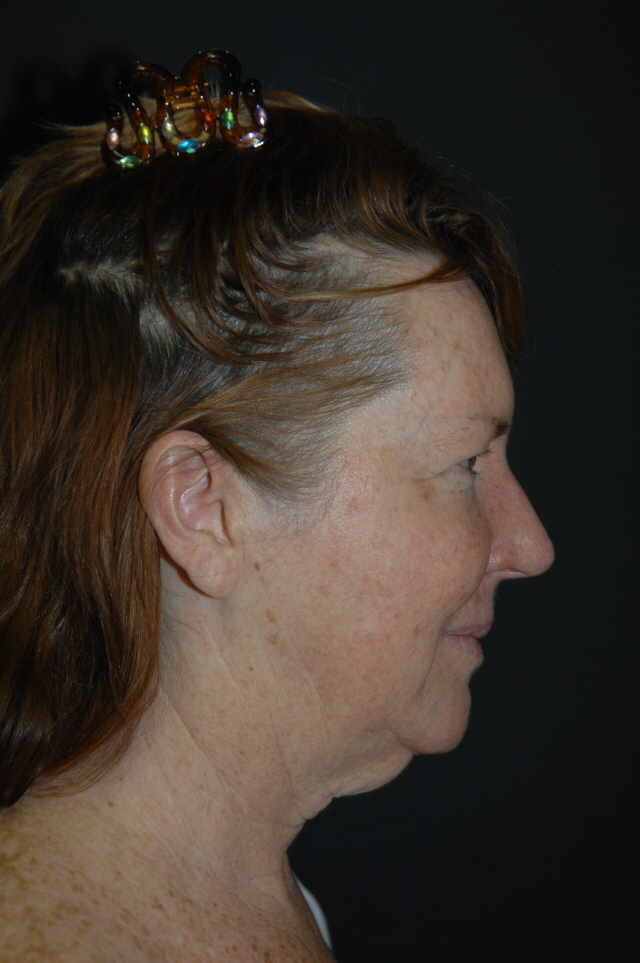FACELIFT


To ensure patient confidentiality, before and after photos are shown only during consultations. Schedule your personalized appointment with Dr. Rosenfield or Dr. Wes today!


To ensure patient confidentiality, before and after photos are shown only during consultations. Schedule your personalized appointment with Dr. Rosenfield or Dr. Wes today!


To ensure patient confidentiality, before and after photos are shown only during consultations. Schedule your personalized appointment with Dr. Rosenfield or Dr. Wes today!


To ensure patient confidentiality, before and after photos are shown only during consultations. Schedule your personalized appointment with Dr. Rosenfield or Dr. Wes today!


To ensure patient confidentiality, before and after photos are shown only during consultations. Schedule your personalized appointment with Dr. Rosenfield or Dr. Wes today!


To ensure patient confidentiality, before and after photos are shown only during consultations. Schedule your personalized appointment with Dr. Rosenfield or Dr. Wes today!


To ensure patient confidentiality, before and after photos are shown only during consultations. Schedule your personalized appointment with Dr. Rosenfield or Dr. Wes today!


To ensure patient confidentiality, before and after photos are shown only during consultations. Schedule your personalized appointment with Dr. Rosenfield or Dr. Wes today!


To ensure patient confidentiality, before and after photos are shown only during consultations. Schedule your personalized appointment with Dr. Rosenfield or Dr. Wes today!


To ensure patient confidentiality, before and after photos are shown only during consultations. Schedule your personalized appointment with Dr. Rosenfield or Dr. Wes today!


To ensure patient confidentiality, before and after photos are shown only during consultations. Schedule your personalized appointment with Dr. Rosenfield or Dr. Wes today!


To ensure patient confidentiality, before and after photos are shown only during consultations. Schedule your personalized appointment with Dr. Rosenfield or Dr. Wes today!


To ensure patient confidentiality, before and after photos are shown only during consultations. Schedule your personalized appointment with Dr. Rosenfield or Dr. Wes today!


To ensure patient confidentiality, before and after photos are shown only during consultations. Schedule your personalized appointment with Dr. Rosenfield or Dr. Wes today!


To ensure patient confidentiality, before and after photos are shown only during consultations. Schedule your personalized appointment with Dr. Rosenfield or Dr. Wes today!


To ensure patient confidentiality, before and after photos are shown only during consultations. Schedule your personalized appointment with Dr. Rosenfield or Dr. Wes today!


To ensure patient confidentiality, before and after photos are shown only during consultations. Schedule your personalized appointment with Dr. Rosenfield or Dr. Wes today!


To ensure patient confidentiality, before and after photos are shown only during consultations. Schedule your personalized appointment with Dr. Rosenfield or Dr. Wes today!


To ensure patient confidentiality, before and after photos are shown only during consultations. Schedule your personalized appointment with Dr. Rosenfield or Dr. Wes today!


To ensure patient confidentiality, before and after photos are shown only during consultations. Schedule your personalized appointment with Dr. Rosenfield or Dr. Wes today!
The Pinch Rhytidoplasty
The Routine Approach:
The excess skin at the cheeks and neck is removed with tightening of the deeper layers of the face, through an incision around the ears and through the neck. Commonly, the tissues of the face are extensively undermined, dissected and tightened. Unfortunately, this approach often mandates a lengthier surgery and a commensurately longer postoperative recovery. But more significantly, the patient can sometimes display that tight, pulled or “operated” look.
The Difference:
The Pinch Rhytidoplasty Approach –
This approach follows the same “pinch” principles: by conducting less invasive but still maximally effective facial and neck rejuvenation surgery one can ensure the deliver of a refreshed, not “done” look. A great way to test the success of this technique is to cover the before pictures and ask yourself whether you could tell that the patient has undergone a facelift?